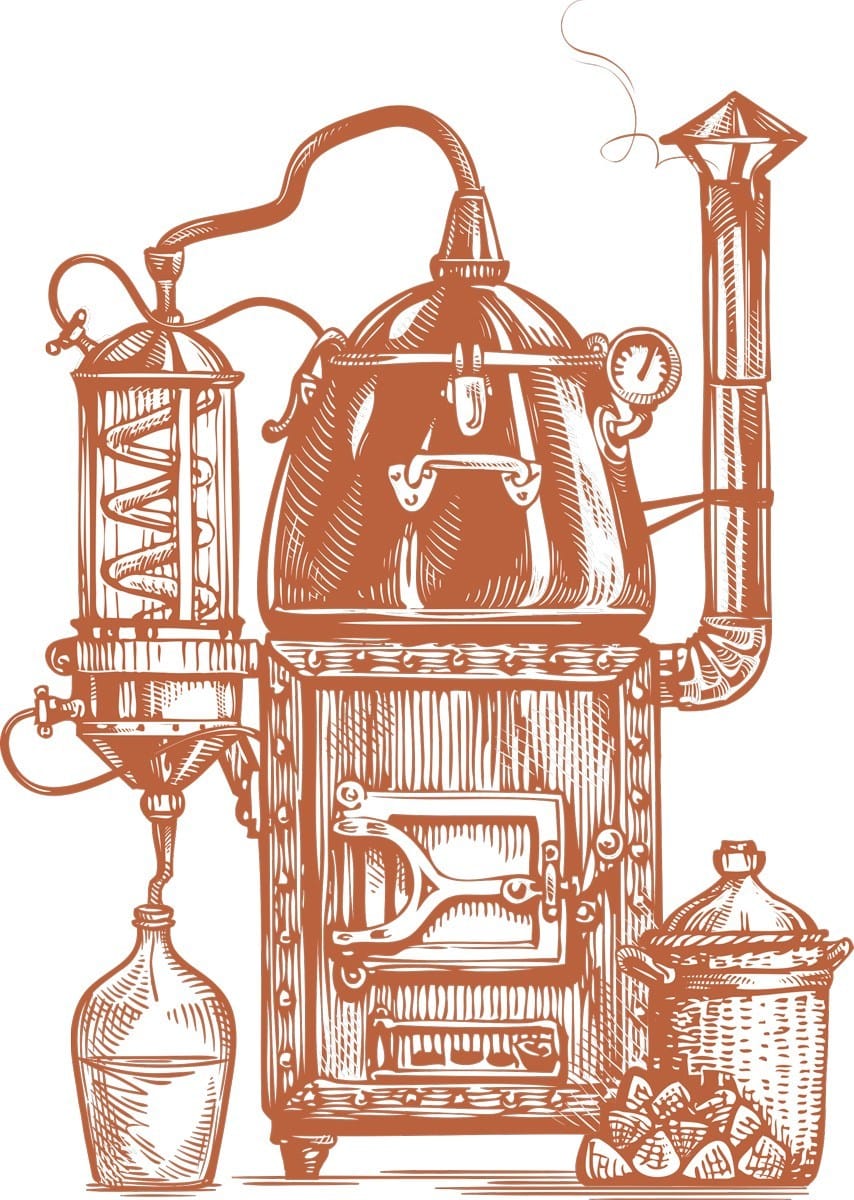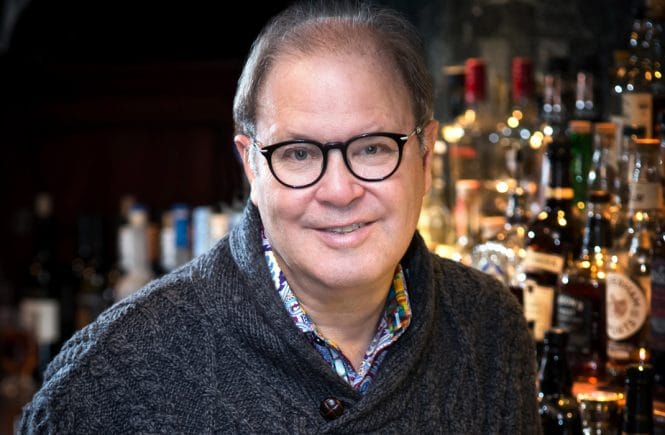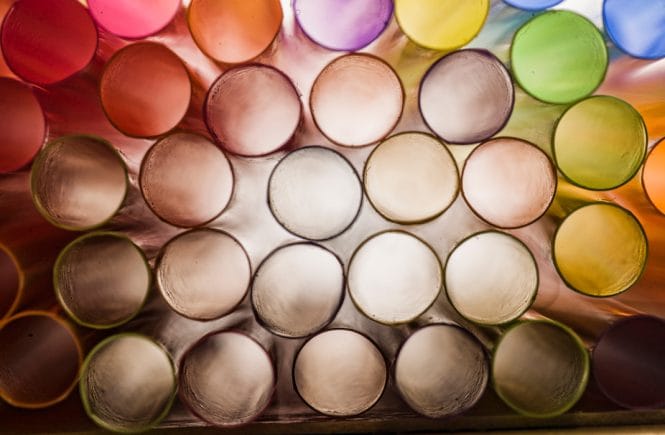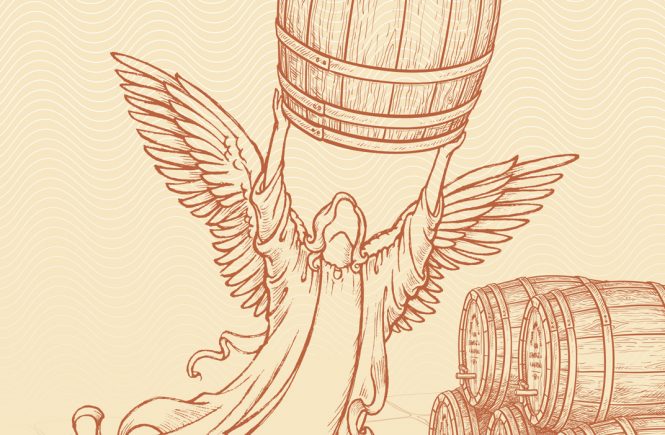The lure of copper is strong. But if you want to be a distiller, you’d better start saving — or get your DIY on

Here’s the thing: It could all blow. Not just your meticulous business plan, your local-grain supply chain or your retro-cool logo.
I mean the actual still. It could blow. Distilling is a high-stakes poker game of chemistry and engineering. Add pressure, heat and wayward puffs of highly explosive ethanol vapour and — well, more than one local distiller can show you scars.
The actual still is typically the most important, and expensive, thing in the distillery. A properly zoned space, architectural plans, drainage and ventilation, heating and cooling: you’ll need all that, too. But that’s not nearly as fun as choosing the gleaming rig that will become your BFF. Plenty of distillers even name their stills: Phillips Fermentorium in Victoria calls its vintage British 1920s still Old George.
So influential is that single piece of equipment on spirit-making, that magical thinking takes hold of grown humans (mostly men). In the Scottish Highlands, I heard tales of banged-up pot stills replaced after decades of useful life by new stills, carefully dinged up at the foundry in exactly the same spots. (They believe in fairies, too.)
Copper is the stuff that spirits mythology is made of.
The last thing any maker of an excellent spirit wants? Change.
Copper is the stuff that spirits mythology is made of. Distilled wisdom says it acts as a catalyst, removing some undesirable compounds. When the gleaming Forsyths stills used at Shelter Point Distillery in Campbell River look as impressive as its product tastes, I want to believe.
“The still was indeed our most expensive single purchase, but it is the heart of our business and something you really can’t put a price tag on,” says Charles Tremewen at Long Table Distillery, his freshly polished Carl still from Germany winking behind the glass.
But the mystique of copper does not come cheap, nor does it seduce everyone. Odd Society Spirits’ Gordon Glanz found used Holstein copper stills from Germany online and pieced together his versatile system. Father-and-son engineering duo Stephen and Jeremy Schacht at Ampersand Distilling Company in Duncan constructed their stainless steel still from scratch, then packed the column with copper coils, which they credit for the spanking clean base spirit for their winning gin.
A handful of other local distilleries have built their own stills, including Sons of Vancouver and Anderson Distilling, where physicist and proprietor Ian Anderson used “a combination of commercial, customized commercial, repurposed industrial, hand-crafted and machined parts” that he calls his “secret sauce.”
As someone whose apple-farming Okanagan granddad made ’shine under the porch, I’m a sucker for the idea of a (safe, legal) DIY path to artisan distilling. So I was charmed by the Woz-and-Jobs-in-the-garage vibe of Mad Laboratory’s industrial still in South Vancouver. With creatively salvaged and sourced old microbrewery and dairy equipment, the help of engineers and a welder, Scott Thompson is living a dream he woulnd’t be able to picture if it cost hundreds of thousands.
A longtime hobby distiller, Thompson spent months meticulously researching safety and process, especially since he wanted to build an uncommon direct-fire rig. (His creation has passed all inspections.) Though he respects that there’s a market niche for every scale and style of distillery, he puts himself among those who take “craft” to mean handcrafted, “from tip to tail, including the equipment,” he says.
“For me, half the fun is building the still… If you’re going to make handmade spirits you should do as much by hand as you can.”
Am I the only one who feels lazy? In the spirit of that DIY edict, hack off a chunk of block ice and hand-squeeze a lime for your next B.C. G&T, out of respect for the distiller and the still that helped make it.
BILLS, BILLS, STILLS:
So, ready to cobble together your own distillery? Sadly, you’ll still need either deep pockets, generous investors or a drunk bank manager.
While a high-quality still is likely the biggest single cost, it’s just a fraction of the overall picture.
Even the most basic setup could set you back six figures, says Alex Hamer, founder of BC Distilled and co-founder of the Distillery School. At the high end, you could be talking a cool $5 million. And remember, this is before you’ve even made a penny from your product.
The numbers here, provided by the Distillery School, “are probably good working numbers for anyone looking to establish a local, mid-sized distillery with a strong initial branding presence in the market,” Hamer says.
“A lot of it would depend on the skills and experience the founders bring to the table.”
PRE-OPENING YEAR ONE:
Business and Product Development:
Facility (engineers, contractors, architect/plans): $60,000
Corporate development (accountants, lawyers, finance): $10,000
Brand and company development (branding, packaging, labelling): $70,000
Product development (prototyping, flavour development): $15,000
Distillery Construction:
Professional fees: $150,000
Build out: $200,000
Production equipment (stills, mash tuns, etc.): $100,000
Machinery and support equipment: $100,000
Contingency Budget:
Minimum recommended: $100,000
TOTAL: $805,000
—by Charlene Rooke




